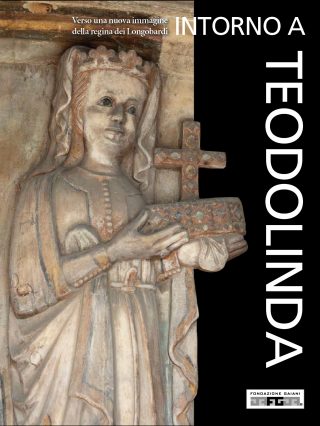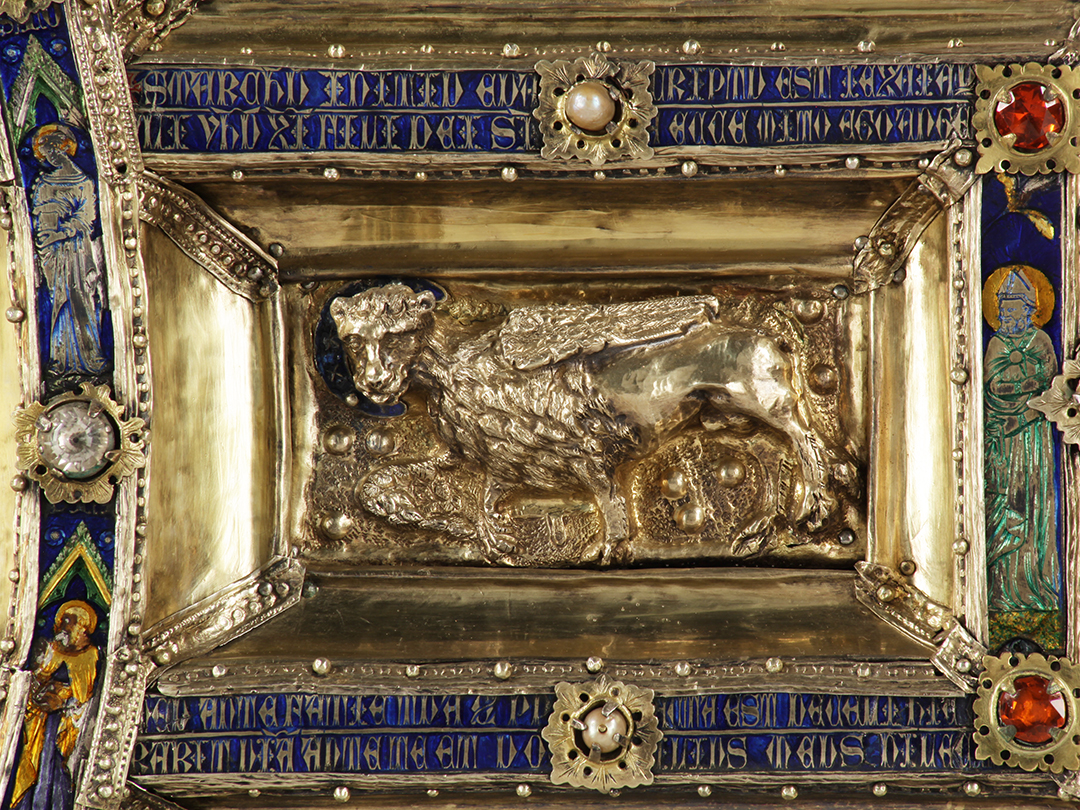Several times enlarged and restored during these centuries, from the year 1300 the church founded by Theodolinda was replaced by a new building, whose construction, sponsored by the Visconti, lasted throughout the fourteenth century.
This is the Gothic Cathedral that we can still admire today, although in a different guise from the original one, due to the numerous alterations made to the structure and its decorative apparatus between the fifteenth and nineteenth centuries.
Inspired by the examples of the ancient Franciscan churches, the new basilica, completed in 1346, had a Latin cross structure, provided with a longitudinal body with three naves covered with wooden trusses and a flat apse preceded by a transept with vaults.
For the high altar, between 1350 and 1357, the Milanese goldsmith Borgino dal Pozzo made a gilded silver paliotto, enamels and hard stones, adorned with the Stories of Saint John the Baptist and still preserved on site.
From about 1360 the building underwent a radical transformation: perhaps to compete with the major European cathedrals, the church was in fact enlarged by adding two other side aisles divided into chapels, the erection of a grandiose wind facade divided into five fields and the construction, at the end of the century, of two vast chapels on the sides of the presbytery.
Protagonist of this phase of the works was the architect and sculptor Matteo da Campione, who directed the construction site until 1396, the date of his death.
To him we owe, in particular, the design of the facade, with spires, aedicules and a sumptuous stone coating with bicrome bands, at the center of which opens a magnificent rose window with sixteen antelli, surrounded by a wide marble frame with perforated panels.
Matthew also owns the pulpit that towers in the nave (and from which comes the so-called Coronation Plate, now placed in the northern transept), while the baptistery he designed has disappeared, as well as almost all the fourteenth-century frescoes that were to adorn the interior have been destroyed.
To testify the fastness of the gothic decoration of the church remains however the famous Chapel of Theodolinda, to the left of the presbytery, on whose walls the workshop of the Zavattari frescoed between 1441 and 1446 a vast cycle with Stories of the Queen, considered by scholars as one of the greatest masterpieces of international Gothic painting.










